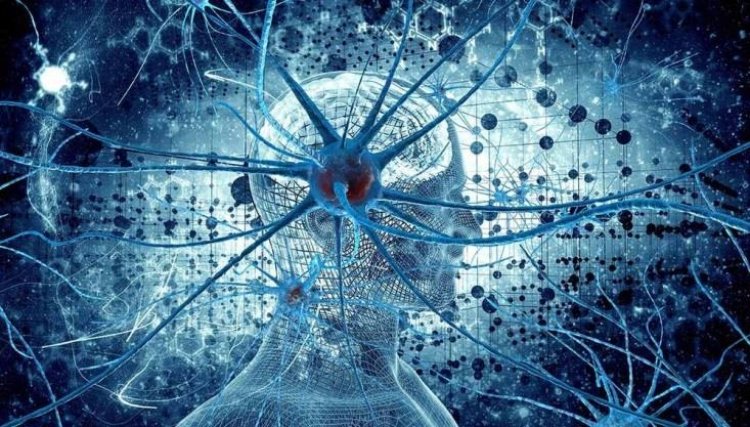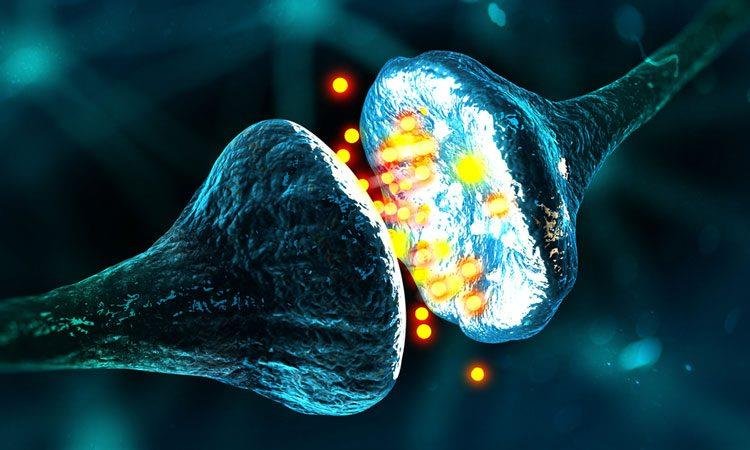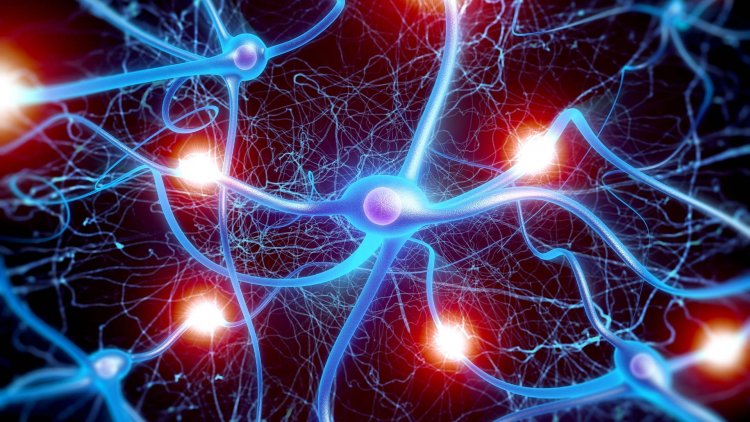The perfect Design of Nervous System Part 5
The Role of the Synapses in Data Transmission

Dr. Bahez Mohammed Salih
The Role of the Synapses in Data Transmission
The gaps or spaces between the axons of two neurons are known as synapses. Communication between the two neurons is established and maintained at these terminal connection points. In the same way, a telephone switchboard permits many callers to talk to one another at the same time, so a neuron can communicate with many other neurons utilizing these synapses. Each neuron has tens of thousands of synapses, meaning that a neuron can establish connections with tens of thousands of separate nerve cells. Even assuming that hundreds of millions of telephone conversations could be transmitted over a single telephone network at the same time, this capacity still lags far behind that of the human brain, which can affect 1 quadrillion (1,000,000,000,000,000) communications utilizing the synapse inside it. Consider how hard-pressed one human being is when working on a 10-line telephone switchboard! You can better understand how a single nerve cell simultaneously carrying out 10,000 connections is evidence of an extraordinary creation.

A neuron collects incoming signals, decides if the total input message is strong enough, and permits its passage to another neuron. Synapses, the connection points between two neurons, control the distribution of this communication by determining the direction of the signals transmitted. Triggering or inhibiting signals arrive from various regions of the nervous system, sometimes opening synapses and other times, closing them. In this way, synapses halt weak signals and permit strong ones to pass. At the same time, they also provide a selective function by choosing and magnifying some of the weaker signals and passing them on—not in one single direction but many. The way that neurons collect signals and decide to transmit them might lead you to assume they have something resembling conscious human intellect. However, this is accomplished merely by very specially arranged groups of molecules, with no ability to think, nor any organs that permit them to perceive.

Nerve cells are connected by special electrical circuits known as synapses, which prevent the body’s electrical system—the brain, spinal cord, and nerves—from being damaged. More than 95% of your body’s physiological processes are carried out automatically. We do not tell our stomach, liver, kidneys, or lungs to carry out their functions, and we do not command our heart to beat regularly. Our electrical systems depend on that system being protected since it performs a great many functions, and through the mercy of Allah this protection in our bodies operates flawlessly The ability of a group of molecules discharging such vitally important responsibilities is a sign of Allah’s supervision and eternal dominion over living things. It is Allah, Lord of the Worlds, Who causes these impeccable processes to be carried out: I have put my trust in Allah, my Lord, and your Lord. There is no creature He does not hold by the forelock. My Lord is on a Straight Path. (Surah Hud: 56).
1)Book.clinical Neuroanatomy.R.snell .edition 8.chapter 2
2)Textbook of clinical neuroanatomy .vishram sighn.
3) M. Chicurel, C.D. Franco, “The Inner Life of Neurons,” The Harvard Mahoney Neuroscience Institute Letter, 1995, Vol. 4, no. 2.
4) J. P. Changeux, P. Ricoeur, What Makes Us Think, Princeton: Princeton University Press, 2000, p78.
5) Gerald L. Schroeder, The Hidden Face of God: How Science Reveals the Ultimate Truth, Simon & Schuster/Simon & Schuster Inc., p. 95.





